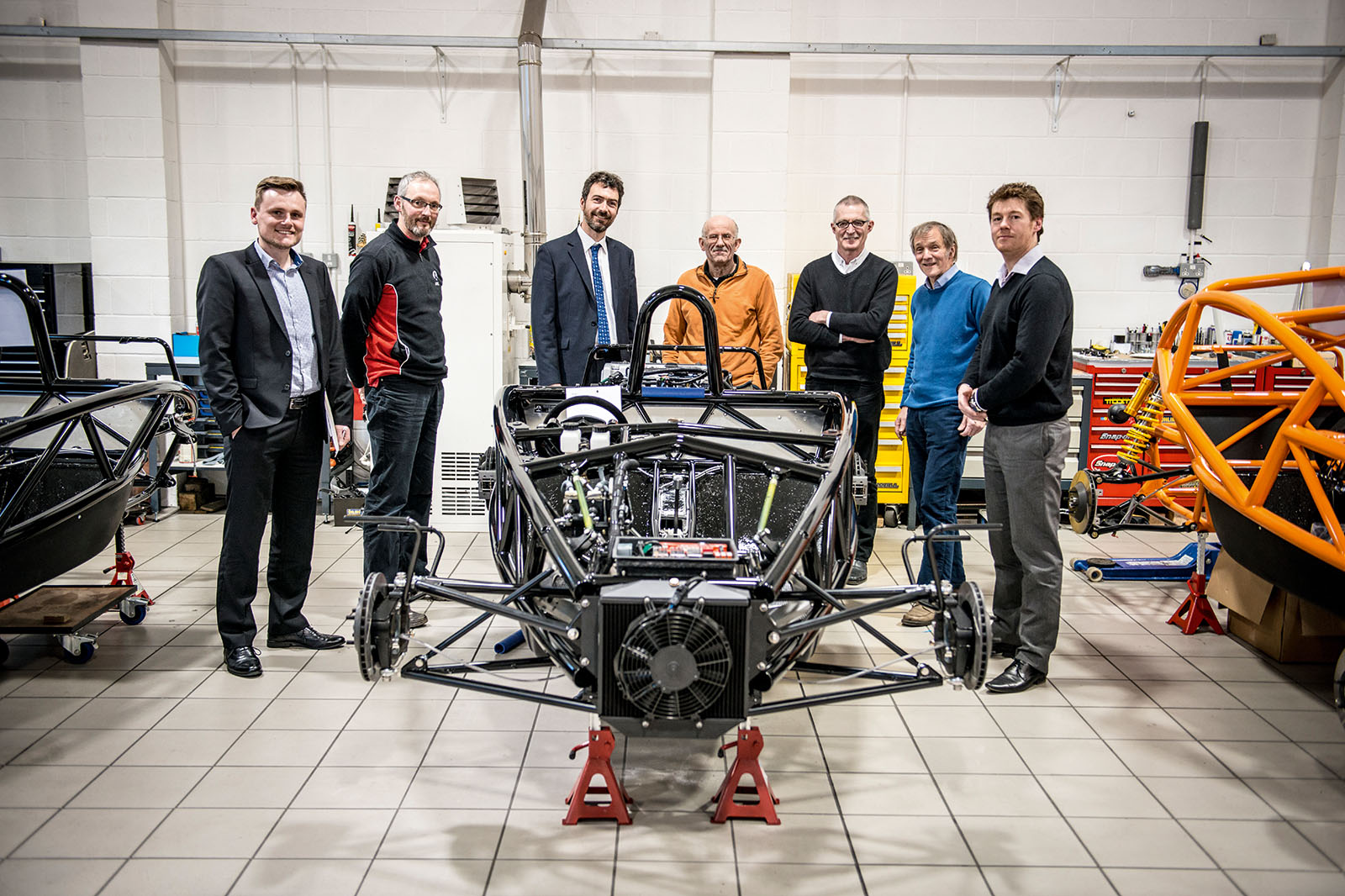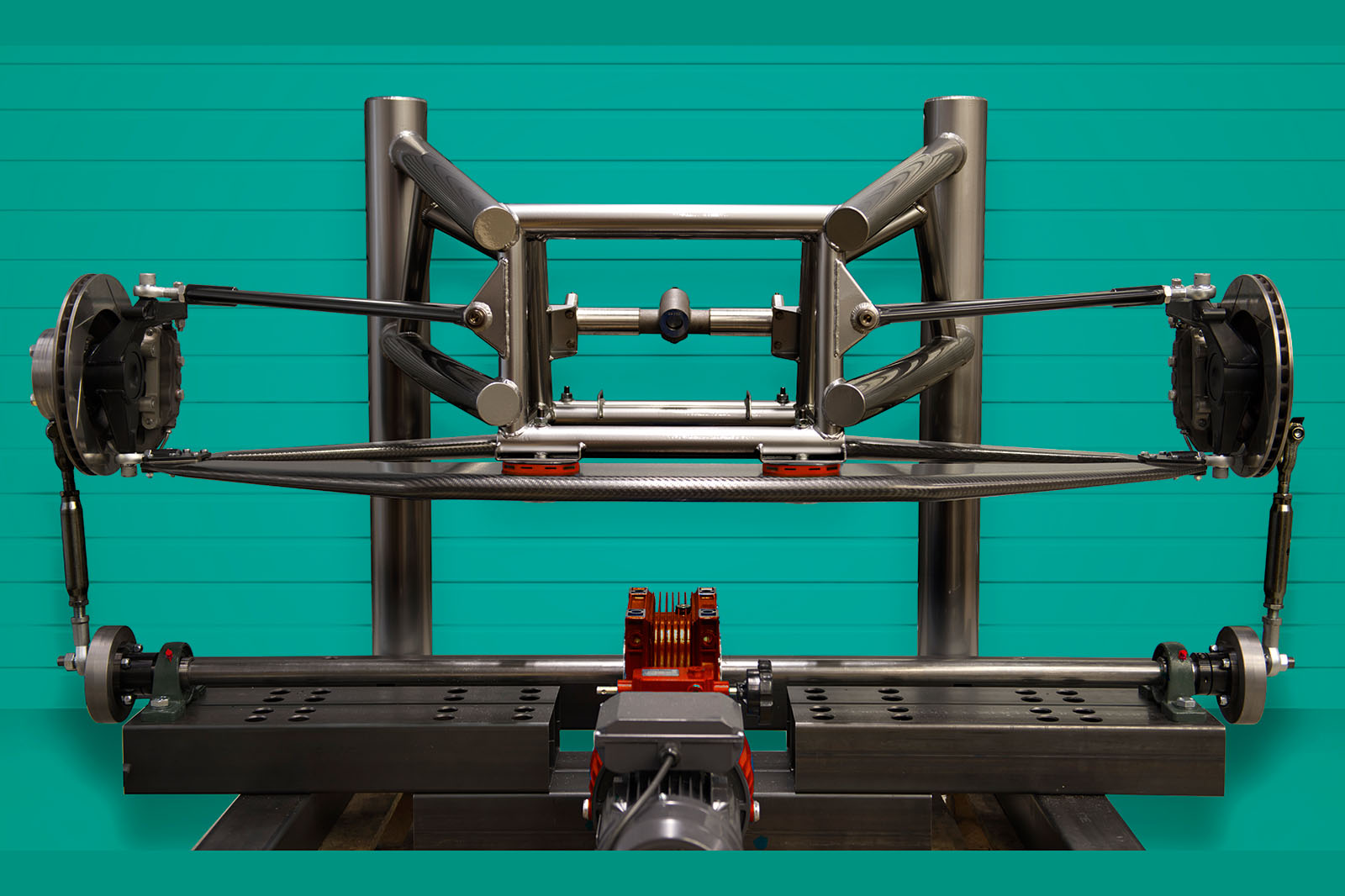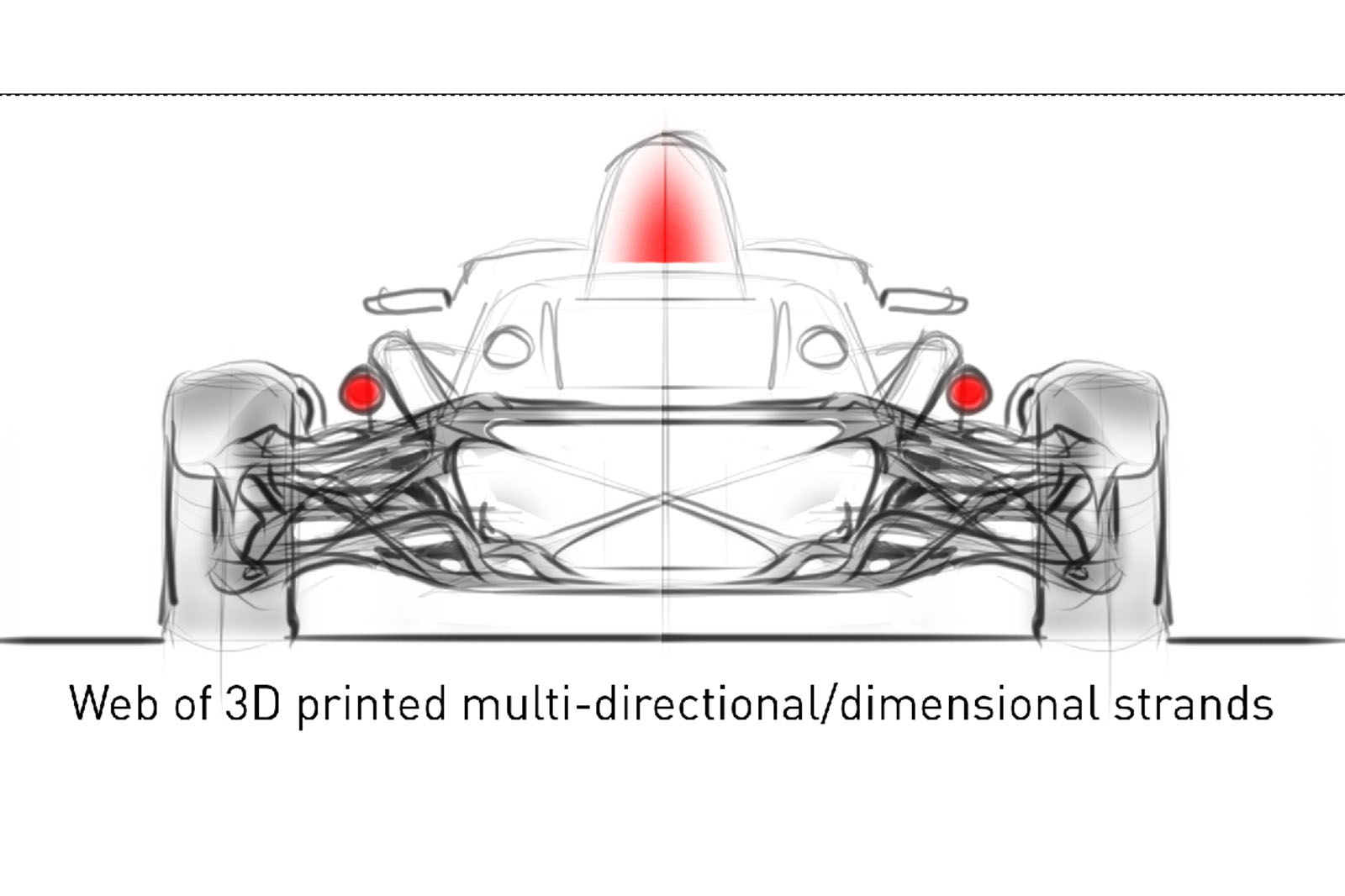New flexible wishbone could revolutionise vehicle suspension
State-of-the-art technology based on flexible wishbones could challenge conventional systems.
A revolutionary new independent suspension made up of flexible wishbones whose ability to bend replaces conventional springs and dampers is under development by a UK-based engineering consortium.
The system, claimed to save about 40 percent of a conventional double wishbone system’s weight, is dubbed Lift, which stands for ‘Lightweight Innovative Flexible Technology’. The project is part-funded by Innovate UK, the government agency which supports cutting- edge UK technology.
The consortium working on Lift comprises Simpact, a Midlands-based computer- aided engineering specialist, Ariel Motor Company and the Warwick Manufacturing Group. The new suspension will be shown at the Cenex-LCV expo at the Millbrook Proving Ground on 6-7 September, using a display consisting of a modified Ariel Atom front suspension.

“The concept isn’t difficult to understand,” said Dirk Landheer, managing director of Simpact, which came up with the idea. “The flexible wishbones attach to the chassis and their internal structural design controls the wheel movement. However, suspension systems move in a variety of directions, not just up and down, so it’s highly complex in detail. Only now that we have access to a great deal of computer power has it been possible to analyse and prove the system in all conditions.”
Manufacturing the critical composite suspension arms is also complex, explained Landheer. The parts need very careful hand lay-up at present, with the direction of the fibres and the wishbones’ thickness very precisely controlled.
By applying dozens of sensors to the basic structure of a standard Atom, and using the University of Warwick’s measuring apparatus to record the car’s behaviour, the partners were able to gather large quantities of data about the basic functioning of a conventional suspension system and then apply it to the design of Lift.

The partners were encouraged by early experiments that flexible suspension arms could replace springs, but discovered a need for much more precise damping. Experiments will proceed with suspension arms incorporating piezo fibres (which can change their bending behaviour when electrified) that have the potential to provide improved damping without any need for a classic tubular damper.
Looking further down the road, the partners believe the converse ability of piezo fibres to generate electric power through movement — in this case, the action of bumps on the suspension — may produce enough energy to make a worthwhile contribution to the propulsion of a whole vehicle. “We got interested in this because, though this was disruptive technology, we could see it working,” said Ariel boss Simon Saunders. “We’re always open to new ideas; in fact, if it works, we could be one of the first adopters.”
The work on Lift so far revealed is the product of a year’s backing from Innovate UK. The next stage would be to build a running Atom prototype, but the go-ahead for that awaits the results of further funding competitions.

Though the first Lift parts will be tested on an Atom, Landheer says the system should allow designers great flexibility in devising future suspensions. Configured for a service life of about 620,000 miles, Lift should have no serious durability problems and be applicable to both light and heavy vehicles. It should also afford designers the opportunity to go for sporty or luxurious suspension — or anything in between.
Those involved agree the project needs bigger UK partners, but are determined to proceed carefully. “We all want to be sure the intellectual property is anchored here in the UK,” says Saunders. “We’ve reached the end of an in-depth feasibility study and we think this thing works. Now we want to start testing.”
RELATED ARTICLES
Hyundai unveils next−gen highly efficient hybrid system
The next-gen hybrid system is claimed to offer 45% better fuel efficiency and 19% more power compared with ICE powertrai...
Horse Powertrain reveals hybrid conversion for electric cars
Engine-making joint venture of Geely and the Renault Group announces new hybrid powertrain that fits into the same space...
Aisin to produce hybrid motor for Mitsubishi in Thailand
The hybrid drive motor and gearbox, will be produced at Aisin Powertrain (Thailand) Co for use in the Mitsubishi XForce ...






 07 Sep 2017
07 Sep 2017
 9363 Views
9363 Views





 Autocar Professional Bureau
Autocar Professional Bureau




